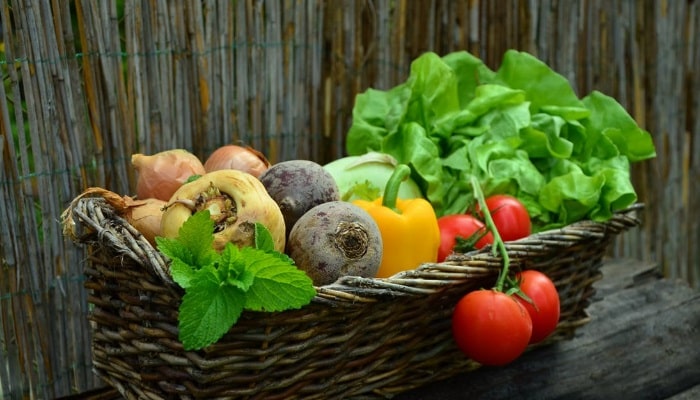Regulation (EU) No 2019/973 of 13 June 2019 amending Annexes II and III to Regulation (EC) No 396/2005 as regards maximum residue limits for
bispyribac,
denatonium benzoate,
fenoxycarb,
flurochloridone,
quizalofop-P-ethyl,
quizalofop-P-tefuryl,
propaquizafop and
tebufenozide in or on certain products has been published in the OJEC.
This Regulation provides for amending the residue definition for bispyribac, denatonium benzoate, flurochloridone and quizalofop.
MRLs have been lowered for fenoxycarb in all matrices except olives (oil or table olives), peaches, common and pecan nuts and the category tea, coffee, infusions, cocoa and locust beans.
For bispyribac, a specific MRL has been set for rice.
MRLs have been set for denatonium benzoate although there is no direct application to edible crops (limited use in products as repellents in the field of forestry).
This Regulation shall enter into force on 4 January 2020.
Regulation (EU) No 2019/977 of 13 June 2019 amending Annexes II and IV to Regulation (EC) No 396/2005 of the European Parliament and of the Council as regards maximum residue limits for
aclonifen, Beauveria bassiana strain PPRI 5339, Clonostachys rosea strain J1446,
fenpyrazamine,
mefentrifluconazole and
penconazole in or on certain products has been published in OJEC.
MRLs have been increased:
- For aclonifen in celery raves and herbs.
- For fenpyrazamide in currants, rosehips, blackberries, black elderberries and ginseng.
- For penconazole in strawberries, currants and artichokes.
Following its approval, MRLs were set for mefentrifluconazole on barley, oats, rye and wheat.
This Regulation shall enter into force on 7 July 2019 except for penconazole MRLs which shall apply from 13/08/2019.
Feel free to
contact us for any technical, pricing and/or regulatory information.





